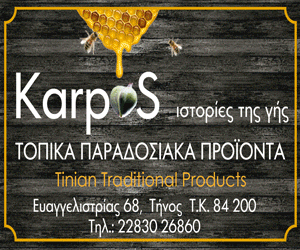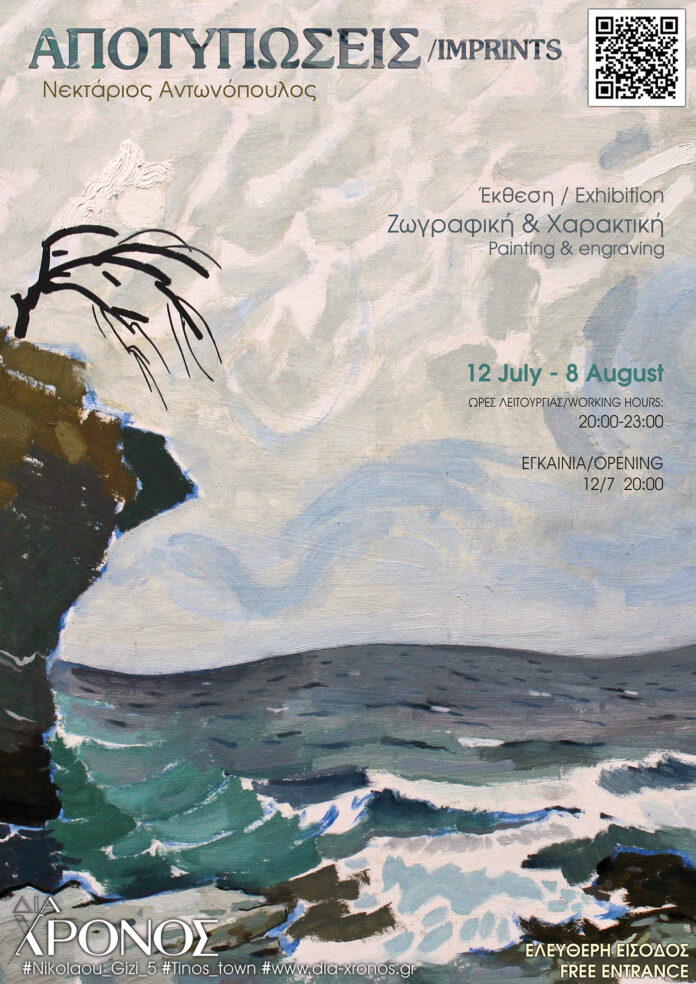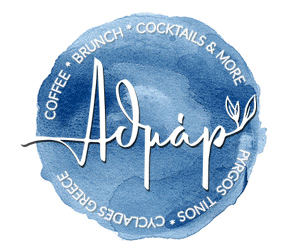T-shirts with prints – a favorite type of clothing for adults and children, indispensable in a modern basic closet. They are appropriate both on vacation and in the office. Often a T-shirt with a logo becomes part of the corporate style of the company, and the main merchandise of the company. Therefore, the service of printing on textiles is in constant demand from individuals and large companies.
Today there are many ways of drawing on the fabric that differ in technology, materials used, as well as the result obtained. What method of printing on T-shirts is better – let’s try to understand in this article.
Types of printing on clothes
For printing on t-shirts today, use the following methods:
Thermal transfer
This is a printing technology in which the image is transferred to the fabric with special paper or film using a heat press. To draw a picture on a T-shirt, the image is printed on an intermediate medium, cut out using a cutting plotter, applied to the fabric and heated by a heat press. Under the influence of high temperature and pressure, the image is transferred to the fabric.
Advantages of the method:
- high quality printing;
- possibility of printing full-color images;
- suitable for printing on any fabric, including synthetic and blended fabrics;
- possibility of printing from one copy to several hundreds;
- fast production;
- low consumption of materials.
Disadvantages:
- possible formation of folds on the fabric when using a heat press;
- the print may lose its brightness and quality after repeated washing;
- the print is not as durable as some other printing methods, especially with frequent washing.
What it’s good for:
Because of its low initial set-up costs, thermal transfer is particularly effective for small runs and orders, personalized products, promotions and souvenirs, but is also suitable for making large batches. It is especially popular for printing on t-shirts, sweatshirts, baseball caps, T-shirts, bags and other textile products.
Care of t-shirts with print
T-shirts with a thermal transfer print can be washed in a washing machine in the delicate washing mode at a temperature not exceeding 40 degrees. It is not recommended to use bleach and other aggressive detergents. Such products are best air-dried to avoid deformation of the image under the influence of high temperatures. To iron, turn the t-shirt inside out and iron at a low temperature. Do not iron directly on top of the image. It is best to store the T-shirt turned inside out and folded to avoid the print rubbing on other surfaces.
Images obtained by thermal transfer can withstand about 50 washings with proper care.
Direct Digital Printing
This is a printing technique where the image is printed directly onto the fabric using a textile printer. First, the layout is created on a computer in a graphic editor, then the drawing is transferred to a textile printer, which applies the image to the fabric with the help of special inks.
Advantages of the method:
- provides high clarity and detail of the image;
- allows the use of many shades and colors in one drawing;
- the possibility of printing from one copy to several thousand;
- environmentally safe.
Disadvantages:
- printing can fade and lose brightness after repeated washings;
- more expensive for large print runs compared to some other printing methods;
- not all types of fabrics are suitable for this method – some can absorb ink, which deteriorates the quality of the image.
What it’s suitable for:
For small to medium runs, orders with complex and multicolor designs, personalized products and promotions.
Care of T-shirts with print
T-shirts with an image obtained by direct digital printing can be washed in a washing machine turned inside out in the delicate washing mode at a temperature not exceeding 40 degrees (preferably in cold water). It is not recommended to use bleach and other aggressive detergents. Drying is best done in the air or on a low temperature in the dryer. To iron, turn the shirt inside out and iron at a low temperature, preferably without steam.
Clothing with a pattern or lettering created with this method will withstand about 30 machine washes.
Silkscreen
This is a printing method in which the image is applied to the fabric using a stencil. First, the picture is created on a computer in a graphic editor, then it is transferred to a stencil. After the stencil is applied to the fabric, and ink is passed through it.
This method provides the ability to accurately match the color according to the Pantone system. From other advantages of the method – a small cost of each product with a large circulation, and high durability (such products can withstand up to 50 washings).
Advantages of the method:
- provides clear and bright images;
- optimal choice for large orders, starting from 50 pieces and more;
- provides the ability to accurately match the color according to the Pantone system;
- low cost of one product for a large print run;
- high durability.
Disadvantages:
- setting up stencils can be labor-intensive and time-consuming;
- not suitable for synthetic fabrics;
- not always suitable for very intricate and detailed designs.
What it’s suitable for:
For large print runs, especially if the design is relatively simple and uses some colors.
Care of Printed T-shirts
T-shirts with silk-screened images can be washed, dried and ironed in the same way as items with digitally printed designs.
Clothing with a pattern or inscription, created by this method, can withstand about 50 washes in a machine.
Machine embroidery
This is a method of applying a print to clothing in which the image is printed onto the fabric with the help of an embroidery machine. First, the layout is created on a computer in a graphic editor, then it is translated into a format that can recognize the embroidery machine. In the final stage, the equipment prints the image onto the fabric using threads.
Advantages of the method:
- provides high detail and textural effects;
- embroidery is durable and resistant to washing and wear;
- is suitable for most types of fabrics and materials;
- creates a three-dimensional effect due to the threads, which is not possible with other methods.
Disadvantages:
- Limited choice of colors in a single design;
- takes longer to create compared to some other printing methods.
Suitable for:
For both large and small runs, especially for products that require high quality and sustainability such as corporate apparel, uniforms, accessories, and souvenirs.
Care of Printed T-shirts
Machine embroidered print t-shirts can be washed, dried and ironed in the same way as products with designs produced by other digital printing methods.
The embroidery on the garment lasts as long as the product itself.
DTF printing
It is a digital textile printing technology in which the image is first printed on a special PET film using an ink jet printer and then transferred to the fabric using a heat press.
Advantages of the method:
- allows you to create bright and high quality images;
- images retain their brightness for a long time after washing;
- provides excellent detail and image quality;
- is suitable for large and small print runs, as it does not require the creation of expensive clichés and costly customizations.
Disadvantages:
- not all textile materials can be used due to the specifics of the process;
- creases may form on the fabric when using a heat press.
What it is suitable for:
DTF printing is ideal for both large runs and small orders, especially for creating custom designs and small series of garments.
Care of Printed T-shirts
DTF printed t-shirts can be washed, dried and ironed in the same way as thermal transfer printed items.
With proper care, images created by this method, can withstand about 50 washings.
Examples of T-shirts with prints obtained by modern methods of photo printing can be seen at https://tshirtprint.cy/.
How to choose a way to print on a T-shirt
When choosing a method of applying a print on a T-shirt should take into account the following factors:
- The volume of the batch of products with prints. Some methods, such as silk screen and DTF printing, may be more effective for large orders, as they can reduce the cost per T-shirt for large runs.
- Fabric type. Some materials are limited in their choice of print methods.
- Complexity of the design. If you have a complex and multi-color design, digital printing methods such as direct digital printing or DTF printing are best.
- Durability requirements of the pattern. If it’s important to you that the print is durable and resistant to washing, it’s worth considering methods such as machine embroidery, silk screen or DTF printing.
- Budget. Different methods have different costs.
- Lead time. Some methods take longer to set up and fulfill an order. Check with your service provider for turnaround times.
Before making a final decision, it is advisable to discuss your requirements with print professionals or service providers who can offer advice and guidance according to your needs.












